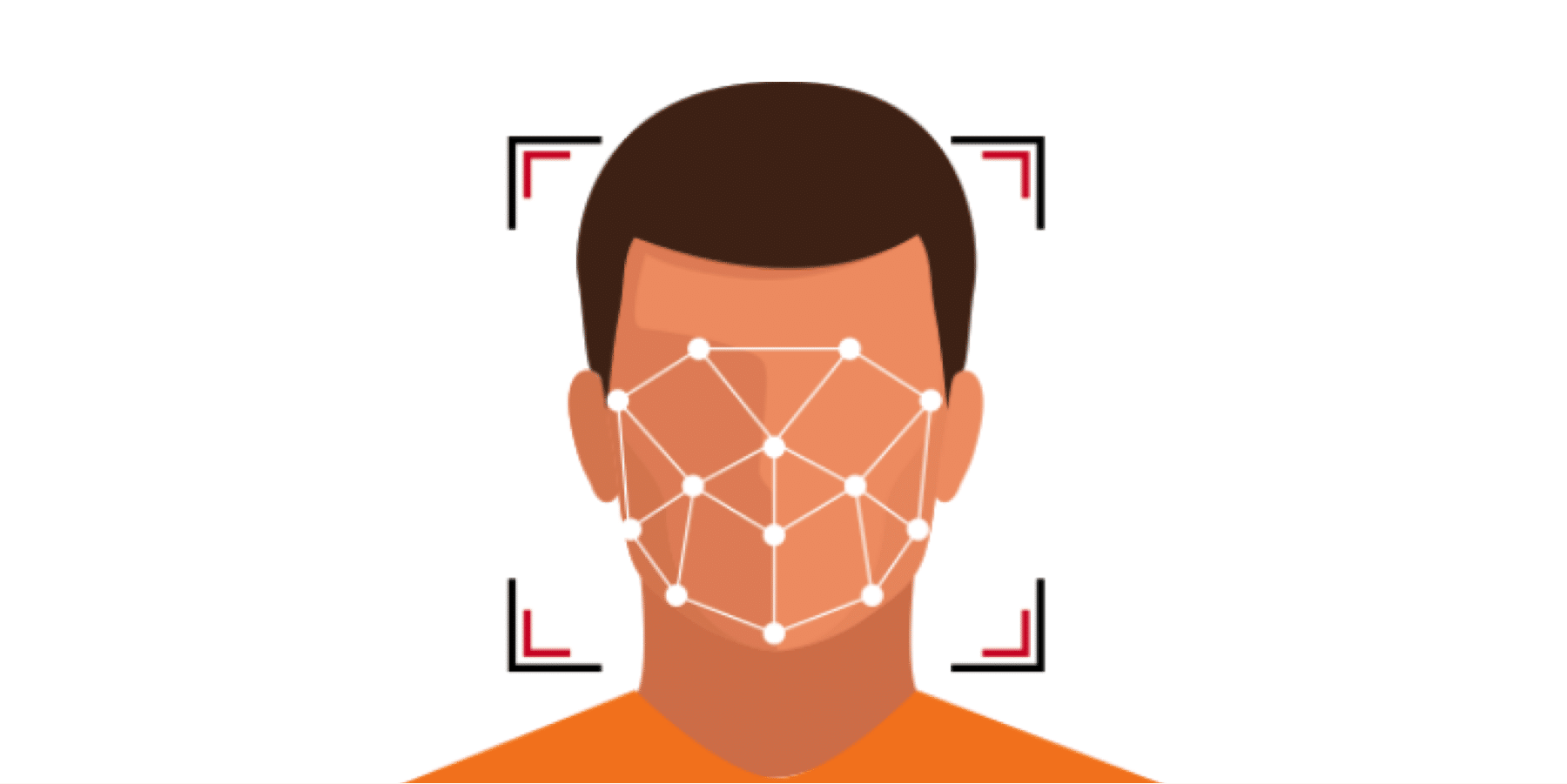The Evolution of Face Detection: From Handcrafted Features to Deep Learning Frameworks

Introduction
Face detection, the fundamental computer vision task of locating and localizing human faces in digital images, has undergone remarkable transformations over the past decades. As a prerequisite for all subsequent facial analysis technologies, face detection serves as the critical first step in numerous applications—from smartphone authentication to surveillance systems and photography enhancement. Unlike face recognition, which aims to identify specific individuals, face detection focuses solely on answering the question: "Where are the faces in this image?"
The journey from early heuristic methods to modern deep learning frameworks reflects both technological advancement and evolving application requirements. This progression has been characterized by increasing accuracy, improved efficiency, and enhanced robustness to challenging real-world conditions such as varying illumination, occlusion, and pose variations.
In this article, we trace the historical development of face detection technologies, with particular emphasis on landmark frameworks including RetinaFace and SCRFD that have defined the state-of-the-art in recent years.
Early Approaches: The Pre-Deep Learning Era
The first automated face detection systems emerged in the 1990s, relying on handcrafted features and classical pattern recognition techniques. These pioneering approaches established foundational concepts that would influence subsequent developments.
Viola-Jones Framework (2001)
The Viola-Jones detector represented a breakthrough in real-time face detection and dominated the field for nearly a decade. Its key innovations included:
- Haar-like Features: Simple rectangular features that could efficiently capture facial characteristics like eye regions, nose bridges, and mouth structures
- Integral Images: A precomputation technique that enabled rapid calculation of Haar-like features
- AdaBoost Learning: A feature selection mechanism that combined multiple weak classifiers into a strong detector
- Cascade Architecture: A multi-stage detection pipeline that quickly rejected non-face regions, enabling real-time performance
Despite its limitations in handling non-frontal faces and extreme lighting conditions, Viola-Jones established face detection as a viable technology for practical applications and remained the standard approach until the deep learning revolution.
Deformable Part-Based Models
Following Viola-Jones, researchers explored more sophisticated models that could handle greater pose variation. Deformable Part-based Models (DPM) and similar approaches represented faces as collections of parts (eyes, nose, mouth) with flexible spatial relationships, offering improved handling of viewpoint changes but at increased computational cost.
The Deep Learning Revolution
The advent of deep learning, particularly Convolutional Neural Networks (CNNs), fundamentally transformed face detection capabilities. This shift began around 2014, driven by three key factors: availability of large-scale annotated datasets, increased computational power, and architectural innovations in neural network design.
Early Deep Learning Detectors
Initial CNN-based approaches adapted general object detection frameworks for the specific challenges of face detection:
- Cascade CNN (2015): Combined the cascade concept from Viola-Jones with convolutional networks, using multiple stages of increasingly complex CNNs to reject background regions early
- MTCNN (2016): A multi-task framework that simultaneously performed face detection, facial landmark localization, and face alignment, demonstrating the benefits of joint learning for related tasks
These early deep learning approaches consistently outperformed classical methods on benchmark datasets, particularly for challenging cases involving small faces, occlusion, and extreme poses.
RetinaFace: Single-Stage Dense Face Localization
Introduced in 2019, RetinaFace marked a significant milestone by establishing new state-of-the-art performance on the challenging WIDER FACE benchmark. It represented the maturation of single-stage detection frameworks for face localization.
Architectural Innovations
RetinaFace introduced several key technical advancements:
- Dense Regression Framework: Unlike earlier multi-stage detectors, RetinaFace performed face localization in a single forward pass through the network, predicting bounding boxes, facial landmarks, and even 3D facial information directly from feature maps
- Multi-task Supervision: The model incorporated additional supervisory signals beyond bounding box regression:
- Five facial landmark points for improved localization accuracy
- 3D face mesh vertices through a separate branch with self-supervised learning
- Dense regression fields that provided per-pixel supervision
- Feature Pyramid Backbone: Built upon a Feature Pyramid Network (FPN) with ResNet, enabling effective handling of faces at multiple scales—from small distant faces to large close-up ones
- Context Enhancement: Incorporated SSH (Single Stage Headless) context modules to expand receptive fields without increasing parameters, particularly beneficial for detecting larger faces
Performance and Impact
On the competitive WIDER FAN benchmark, RetinaFace demonstrated exceptional performance, achieving state-of-the-art results across all three difficulty levels (easy, medium, and hard). Particularly noteworthy was its performance on the "hard" subset, which contains the most challenging cases with small, blurred, or partially occluded faces.
The framework also showcased practical efficiency. When implemented with a lightweight MobileNet-0.25 backbone, RetinaFace could process VGA-resolution images in real-time on CPU devices, making it suitable for deployment in resource-constrained environments.
SCRFD: Pursuing Optimal Efficiency and Accuracy
As face detection technology matured, research focus expanded beyond mere accuracy to encompass computational efficiency, scalability, and practical deployability. In this context, SCRFD (Sample and Computation Regulation for Face Detection) emerged as a significant evolution addressing these requirements.
Design Principles
SCRFD was designed with several key objectives:
- Computation-Aware Architecture: The framework explicitly considered computational costs during design, implementing sample-aware computation regulation to reduce redundant processing
- Anchor-Free Design: Moving beyond the anchor-based approaches used in RetinaFace, SCRFD adopted an anchor-free framework that simplified the training pipeline and reduced hyperparameter sensitivity
- Optimized Feature Representation: Enhanced the feature pyramid structure with specifically designed components for face detection, improving information flow across scales
- Balanced Performance Profile: Maintained robust accuracy while significantly improving inference speed and reducing memory footprint
Technical Advancements
SCRFD introduced several innovations that contributed to its efficiency advantages:
- Improved Feature Pyramid: Enhanced multi-scale feature representation with reduced computational overhead
- Optimized Training Strategy: Implemented more effective matching strategies and loss functions tailored for anchor-free detection
- Scale-Specific Design: Architecture components specifically optimized for handling the wide scale variation characteristic of face detection scenarios
Performance Characteristics
SCRFD demonstrated particularly strong performance in several challenging aspects:
- Superior Efficiency: Achieved comparable accuracy to RetinaFace with significantly lower computational requirements and faster inference speeds
- Small Face Detection: Maintained robust performance on small faces, a traditional weakness for many detectors
- Dense Scene Handling: Effectively processed images with numerous faces while maintaining detection quality
- Hardware Optimization: The streamlined architecture facilitated deployment on edge devices and mobile platforms
Applications and Current Trends
The evolution of face detection technologies has enabled diverse applications across multiple domains:
Practical Applications
- Mobile Photography: Automated focus, exposure adjustment, and beauty enhancement in smartphone cameras
- Surveillance and Security: People counting, suspicious behavior monitoring, and access control systems
- Automotive Safety: Driver monitoring systems for fatigue detection and attention monitoring
- Social Media: Automated photo tagging, content moderation, and augmented reality filters
- Healthcare: Patient monitoring and emotion recognition for therapeutic applications
Current Research Directions
Recent trends in face detection research include:
- Efficiency Optimization: Neural architecture search, model compression, and quantization techniques to enable deployment on increasingly constrained devices
- Robustness Enhancement: Improving performance under challenging conditions including extreme illumination, heavy occlusion, and unusual poses
- Ethical Considerations: Addressing potential biases and ensuring fairness across demographic groups
- Video Detection: Leveraging temporal information for more stable and accurate detection in video streams
- Unconstrained Detection: Pushing the boundaries of detection in completely wild environments with minimal assumptions about face size, quality, or visibility
Conclusion
The trajectory of face detection technology—from handcrafted features of Viola-Jones to the deep learning frameworks of RetinaFace and SCRFD—demonstrates the remarkable progress in computer vision over the past two decades. Each evolutionary step has addressed specific limitations while opening new application possibilities.
RetinaFace represented a high-water mark for accuracy-oriented design, demonstrating how dense multi-task learning could simultaneously advance detection performance, landmark localization, and 3D understanding. Its unified approach established a new paradigm that influenced subsequent research.
SCRFD and similar contemporary frameworks have shifted focus toward practical deployability, balancing accuracy with efficiency in ways that enable real-world applications across diverse hardware environments.
As we look toward the future, face detection continues to be an active research area, with ongoing work addressing remaining challenges in efficiency, robustness, and fairness. The technology's journey reflects broader patterns in artificial intelligence—from heuristic methods to data-driven learning, from isolated components to integrated systems, and from laboratory curiosities to technologies that impact our daily lives.
Take the First Step Towards Face Swap and Recognition Intelligent

